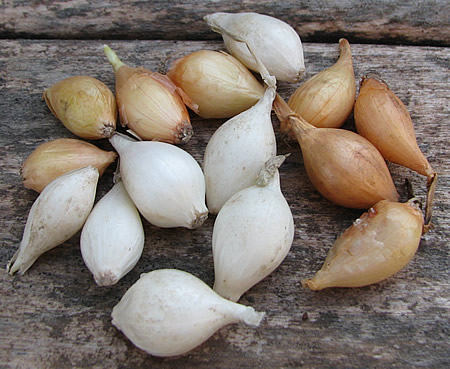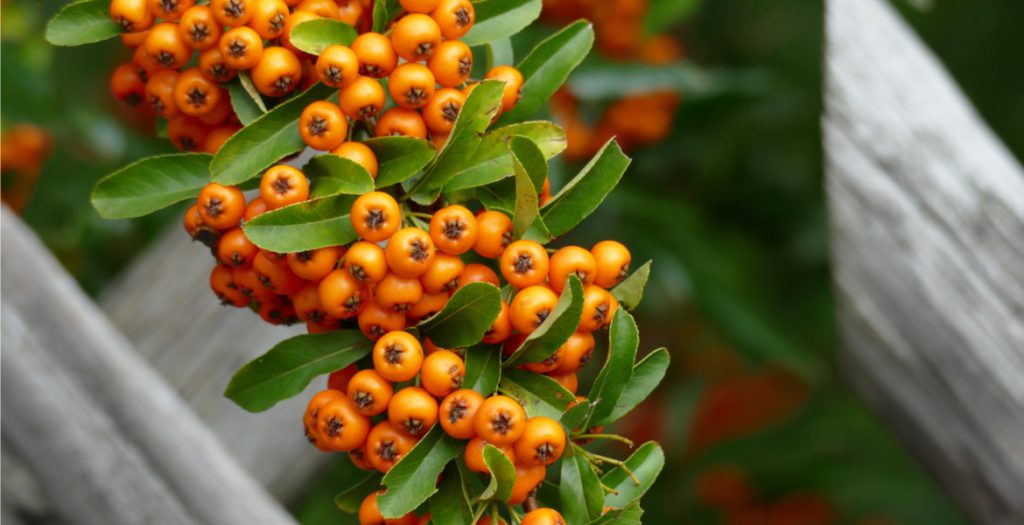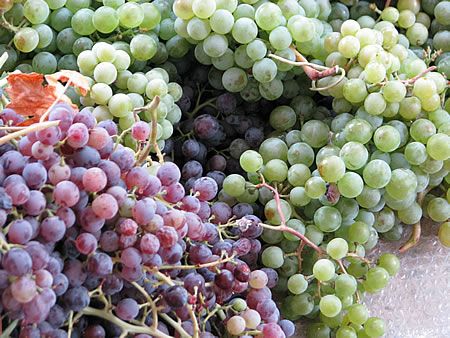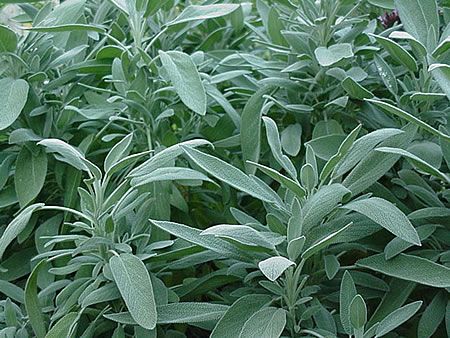At this time of year (January-February) I sow onion sets to grow onions.
This text about growing onions from onion sets was sent to me by Mr. Vasilis Yahalis, an older gardener from Greece.
I thank him very much for the text, and for the advice he gave me.
And because these are words drawn from experience, we should respectfully and gratefully keep them.
The instructions given are suitable for a barren place, light, not heavy, anaerobic (preferably boggy, littered, gravelly), airy. It is favored where grates have been uprooted – rope branches – bushes, in the new, and in the birch.
Time of planting
From the end of January (for drier plants) to mid-May (depending on the possibility of watering). If planted early (given the rains and cold weather), it will root better, but it will take longer until the weather warms up to grow significantly. If you put it in late, when the weather is warm, it is best to anticipate that no rains will follow in the next few days.
Planting position
Either in the furrow, or in the saddle, or both, as long as the furrows are sparse, 50 cm or more, at a depth of a finger’s length.
Soil preparation
Deep ploughing is essential – the sooner the better, but do not let the soil settle by water. Raised soil is required both at the time of planting and afterwards. This means that at the time of planting the ’tillage’ should be only light, as little as possible. If no plough has been used, but, as is common, a tiller, then in the furrow – line where you will put it, you have to lift the soil with the trowel.
Fertilization
None whatsoever, not even manure. If the place has manure it should be completely digested and homogenized with the soil.
Spraying
No need as long as the place is drained and windy. In the worst case of undesirable rain – watering and especially excessive dew, combined with heat (after the size of a root head egg), and the appearance of symptoms of ‘bored’ leaves, you can spray it once with a coppery preparation (e.g. bordeaux paste).
Irrigation – humidity
When planting, the soil must be moist-wet, not dry on the surface or muddy. NO irrigation – water at the plant. From there on, watering, as little as possible. If planted late and the weather is dry-hot: after 4-5 days, it needs light irrigation to root. (The important thing is to have sufficient moisture until rooting, without large fluctuations or excesses). Gradually, and more sparingly, depending on the weather conditions, repeat the irrigation with less and less water. At its peak, when it has already formed a head the size of an egg, drastically reduce watering and/or remove it from the root. If the site is sloping, leave one empty furrow every 3-4 furrows, which is watered very slowly (and dug), so that the rest of the furrows are compacted and the moisture comes from the bottom to the top and does not creep in.
Plow through the soil
Always necessary after rain, or watering (3-4 days), light, not too close to the root. Remove weeds that are close to the root.
Other things
The dry onion that you plant (early) will be more tangy and sweeter, but when the leaf starts to wilt, it becomes vulnerable to a red worm. So make sure you take it out at that time of year.
The most famous, or widely known varieties, or, more precisely, places of production of “good” onion and for cockles, are: the Marathokampos of Samos (I have not tried it), the plateau of Lasithi and Naxos (especially the Northeast side). I should make it clear here that these are local Greek varieties which you will rarely find in nurseries. I happen to have been using the latter (Naxos coconut) for years now, in Achaia, with the best results. As such, I consider that there are local varieties everywhere with very good (at least local) adaptation and performance (e.g. Kastraki’s onion sets of Achaia), but I cannot generalize their application to other places. What I would say, however, is for imported onion sets: if you grow it in a barren – poor place, …. even if it was given to you for free, …. do not waste your sweat and do not lose your taste, or at least, if you want, … consult your agronomist. On this, I have no other advice.
There are no female or male onion sets. It’s just that both tendencies exist. Extreme conditions of eutrophication-atrophy, humidity-dryness, very large cotyledons, or an inappropriate (lunar) phase, tend to flower the onion instead of developing a bulb. Some, a few, which will flower, prefer to pick them and eat them as fresh onions.
Like all bulbs, planting should be preferred in the “cold season”, i.e. when the bulbs are in their prime. cold weather, late in the afternoon, not before the full moon, with the moon in a downward phase, and/or the moon after the full moon (and for the “star worshippers”, on days when the moon is in a cold constellation, earth, root, or a day before) in any case, avoid planting it on days of the Moon’s perigee.
We would be glad to hear your advice and encouragement.
What is your experience of growing onions? What do you have to recommend?
Tags: CULTIVATE • CULTIVATION • I PLANT • ONION • ONION SET • ONIONS





